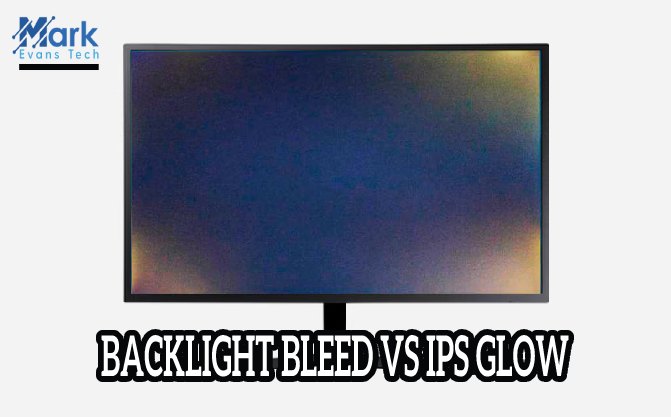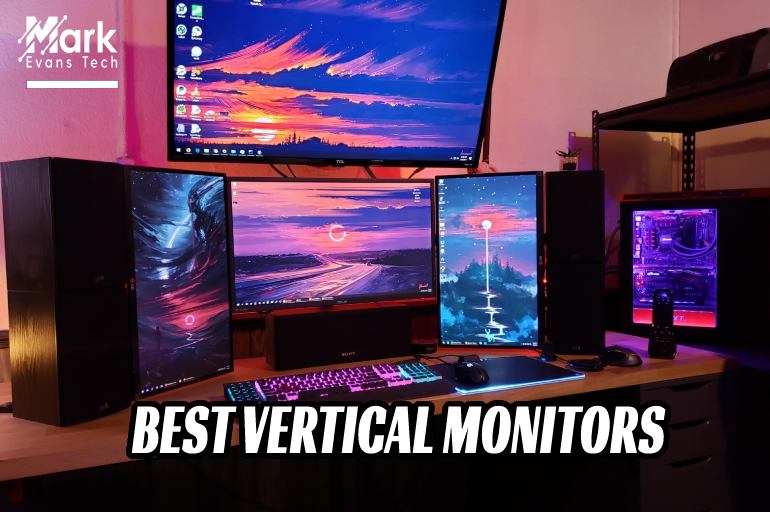A high-end monitor usually can perform well for hours. However, sometimes the user faces the monitor's problem of going to sleep automatically while it is still on. This issue occurs with mostly Windows OS monitors having Windows 7 or Windows 10 configuration. Your monitor keeps going to sleep if your monitor's graphics card is outdated, or it could be because you accidentally set sleep settings from Windows "Power Settings."
Another reason why your monitor says no signal and goes to sleep is if, at last, you have upgraded the Windows OS from an older version to a new version. If this problem has recently occurred in your monitor and you're wondering why does my monitor keep going to sleep? Then there's nothing to worry about. The reasons mentioned above could be the possible cause.

This post will provide you with solutions to prevent the monitor from going to sleep randomly, especially for Windows 10 operating systems.
Why Does my monitor keep going to sleep?
Below are some of the causes why your Dell, HP monitor keeps going to sleep;
Basic troubleshooting
With basic troubleshooting, you can prevent the monitor from going to sleep Windows 10;
Steps To Fix Monitor Keeps Going To Sleep
Want to know how to keep the monitor from going to sleep? Learn here;
Step 1: Go for device troubleshooting
Any minor glitch in the hardware can make your monitor go to sleep. But, Windows has troubleshooting software that detects such glitches and fixes them immediately. Follow the steps below;
- Click the Windows logo key with "I." The Settings Window will open. Choose “ Update & Security”
- Click on the "Troubleshoot" option.
- Click on the "Recommended Troubleshooting" and select "Run the Troubleshooter" on the right panel.
- On the right panel itself, there is another option, "Hardware and Devices Troubleshooter" click on it.
- Run and wait until the troubleshooting is complete.
Step 2: Run System File Checker
- Press the Windows Logo key with "X." Windows page will open, and you can choose "Command Prompt" from the list.
- Right-click on the "Command Prompt" app and click "Run as Administrator."
- Now write "DISM.Exe/Online/Cleanup-Image/Restorehealth". And press Enter.
- Once it is executed, type: "SFC/Scannow" and click Enter. This process will scan and repair the errors.
- After the verification is done, type "Exit" and press Enter.
Step 3: Alter the Power Plan
Power Settings can be the major reason your computer screen keeps going to sleep. Follow the steps;
- Click on the Windows logo key with "X" and select the "Power Option".
- Select the "Change Plan Settings" option.
- Go to the "Change Advanced Power Settings" on the next screen.
- The power option box will pop up on the screen. Click on the "Sleep" option, then click "Allow Hybrid Sleep" and disable it.
- On the same box, click "Allow Wake Timers." Enable the On Battery and Plugged In option.
- Again on the same page, select "USB Selective Suspend Settings." Disable On Battery and Plugged in Option.
- Click on "Apply" and press "OK."
- Restart the monitor
Step 4: Go for Windows Update
Windows updates the system files and the related drivers that support compatibility. This could be a major drawback of updating windows OS;
- Click on the Windows Logo key "I" to open Windows Settings.
- Select "Update And Security".
- On the right side, click on "Check for Updates". This will check the update status and install it. Once done, you can restart the monitor.
How to prevent the monitor from going to sleep
You can find the monitor going to sleep problem solution here;
- Keep in check the update notifications you get from Windows. Avoid automatic installation; instead, keep it manual.
- Update your OS on time to time basis so that the connection between the hardware and communication stays synced.
- Ensure your monitor has an Anti-virus system or software that protects harmful viruses from entering your system and causing glitches.
- Ensure the connecting cables are appropriately linked to each other or their ports.
FAQ
1. Monitor keeps going to sleep Windows 10?
Windows 10 usually encounters the issue of the monitor sleeping after every update. If this is the same problem, you are facing too. Try to make certain on-screen settings;
- Try to disable screen saver mode in Windows 10.
- Power troubleshoot and restart the monitor.
- Alter the sleep mode of your monitor.
2. Monitor says no signal and goes to sleep?
This message reflects on your monitor screen when the system goes into sleep mode or loses the video signal and shuts automatically. Make sure the external device connected to the monitor uses compatible video output only. However, if the monitor still shows this message, there could be other associated problems with the video input. In such cases, get help from a professional and get it fixed.
3. Does my second monitor keep going to sleep?
The second monitor goes to sleep mode when the ThinkPad lid is closed and the power button on. What you can do is change the power plan by following the steps mentioned;
- Go to “Control Panel”.
- Select “Power Options” and click on Choose when to turn off the display menu.
- Click on “Change advanced power settings”.
- Go to the power button and lid menu. From Lid close action change the “Plugged in” setting to Do nothing.
4. When I turn my computer on, the monitor goes to sleep?
Modern monitors have functionality where the display or screen shuts automatically to save Power. There is no certain reason why the monitor goes to sleep when you turn on the computer. However, there are ways by which you can make it stop;
- Perform a troubleshoot
- Reset your BIOS configuration
- Do not turn off Display in Power Settings
- Increase screen time
- Change screen saver time
5. Why HP monitor keeps going to sleep?
Your HP monitor is going to sleep mode because the Power Button lockout function might be 'enabled.' Press the power button for at least 10 secs, and you can easily disable the power lockout.
Conclusion
I hope from the above steps, you got an idea - Why your Monitor Keep Going To Sleep? and How to fix and prevent from that issue. Thanks for reading the article and if you have any idea, kindly comments below.



